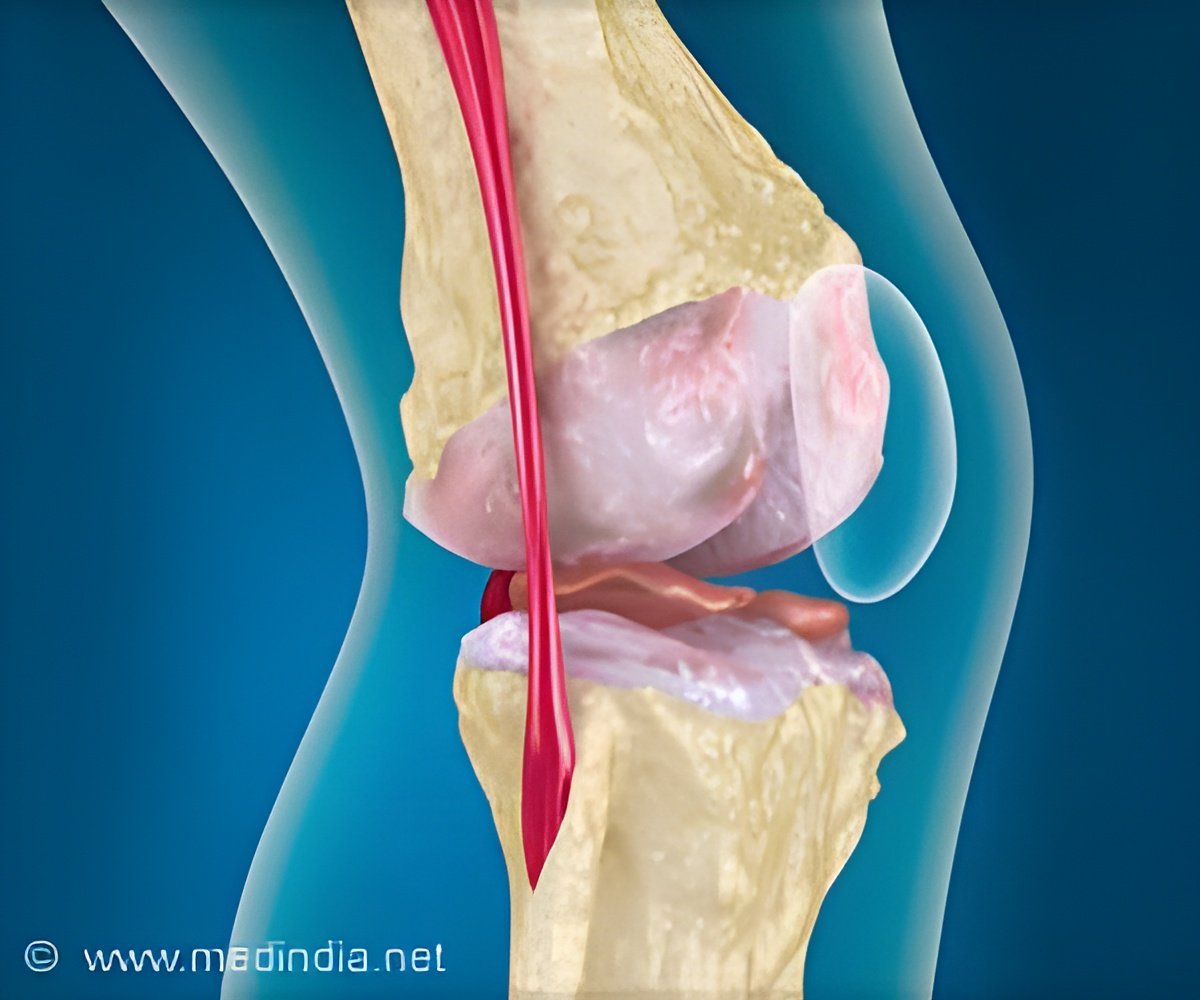Our bone length and shape, as well as our stature, are influenced by cells in growth plates, according to new research.

‘Cells located in growth plates play a crucial role in determining the length and shape of our bones and may predict our height.’





To pinpoint height-associated genes, the team screened 600 million mouse cartilage cells to identify genes that, when deleted, can alter cell growth and maturation. These types of cellular changes in the growth plate are known to lead to variations in human height. The search turned up 145 genes mostly linked to skeletal disorders and are crucial for growth plate maturation and bone formation.
Growth Plate Cells Determine Our Stature
The team then compared the discovered genes with data from genome-wide association studies (GWAS) of human height.GWAS allows researchers to survey the entire human genome to identify hotspots where "height genes" are located in our DNA. But these regions can contain multiple genes, making it hard for researchers to track down and study an individual target.
"That's kind of like looking for your friend's house, but you only know the zip code," says Renthal. "It's difficult."
Advertisement
Renthal and her team also discovered that many of the GWAS suggested height genes led to early maturation in cartilage cells. These findings suggest that genetic changes affecting cartilage cell maturation may influence height more.
Advertisement
The Vital Role of Cartilage Cells
Renthal notes that studies in mouse cells may not fully translate to humans, and GWAS are observational studies that cannot fully illustrate the cause and effects of height. But her study provides a novel method to bridge the two methods and provide new insights into human genetics.Next, the team plans to use the method to understand hormones' effect on cartilage cells. They will also look into some of the 145 genes that have no known connection to skeletal growth. The investigation may reveal new genes and pathways that play a role in the bones.
"I see patients with skeletal dysplasia, where there isn't any treatment because genetics made their bones grow this way," says Renthal. "It's my hope that the more we can understand about the biology of the growth plate, the more we would be able to intervene at earlier times in growing skeletons and the life of a kid."
Source-Eurekalert









